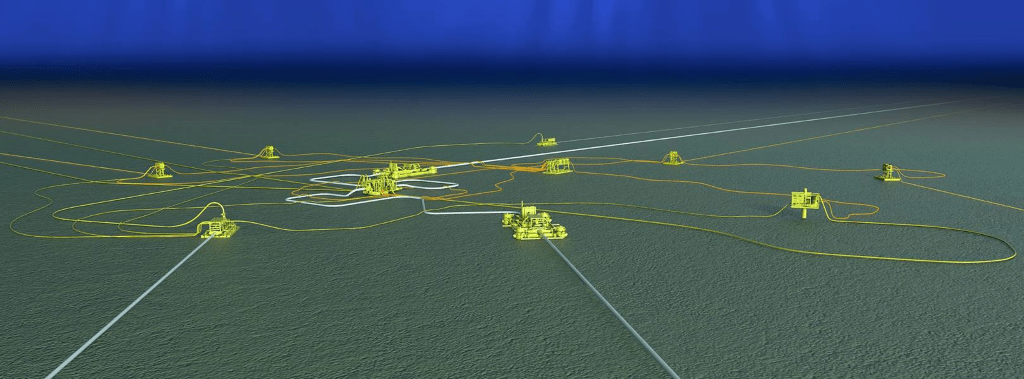The West Nile Delta (WND) Gas Development will create a series of gas condensate fields off the North Coast of the Arab Republic of Egypt.
The Challenge
The West Nile Delta (WND) gas project will develop a series of gas condensate fields off the North Coast of Egypt. The WND development will utilise subsea wells and associated gathering systems flowing to an onshore reception and processing terminal for treatment. The development will produce hydrocarbon fluids from known resources including Taurus, Libra, Giza, Fayoum, and Raven fields.
The initial phase of the project includes a three-stage development of the subsea infrastructure required to develop the resources from 25 wells and the planned development is in water depths ranging from 300 to 800 metres and up to 70 kilometres offshore.
The Results
Intecsea’s scope of services included:
- Overall system definition and functional responsibility including flow assurance, SPS, materials, umbilicals and pipelines
- Preparation of installation tender documentation
- Preparation material procurement packages
- Detailed assessment of geotechnical and geohazards to optimise pipe routing
- Reliability analysis and engineering
- Integrity management definition and execution, including PIMS and SIMS
- Interface with the onshore facilities
- Preparation of PODs and web-based project portal
- Design and definition of HIPPS units for the Raven manifolds
- Definition and design of long complex umbilicals
- Onshore plant modifications
- Brownfield CP1 platform upgrade and modifications
- Subsea production tie-in to existing WDDM export pipelines
- Brownfield modifications subsea: Removal of the existing Sapphire SDA1 MEG jumper and subsequent connection of Greenfield MEG supply (wet-parked flexible) to Libra-Taurus.
- TA support through execute
- Package engineering
- Quality surveillance
Value Delivered
Intecsea brought in-depth knowledge of the region to the project along with full and wide-ranging set of skills and disciplines to support the client from concept to execution.
Massive cost savings were achieved during the project lifecycle by utilising innovative technologies to reduce umbilical and service line lengths. These technologies include advanced geotechnical engineering and using HIPPs on service line to allow a single MEG line to supply both high-pressure and low-pressure fields.

